Find these 6 gardens hidden in unexpected places around Los Angeles
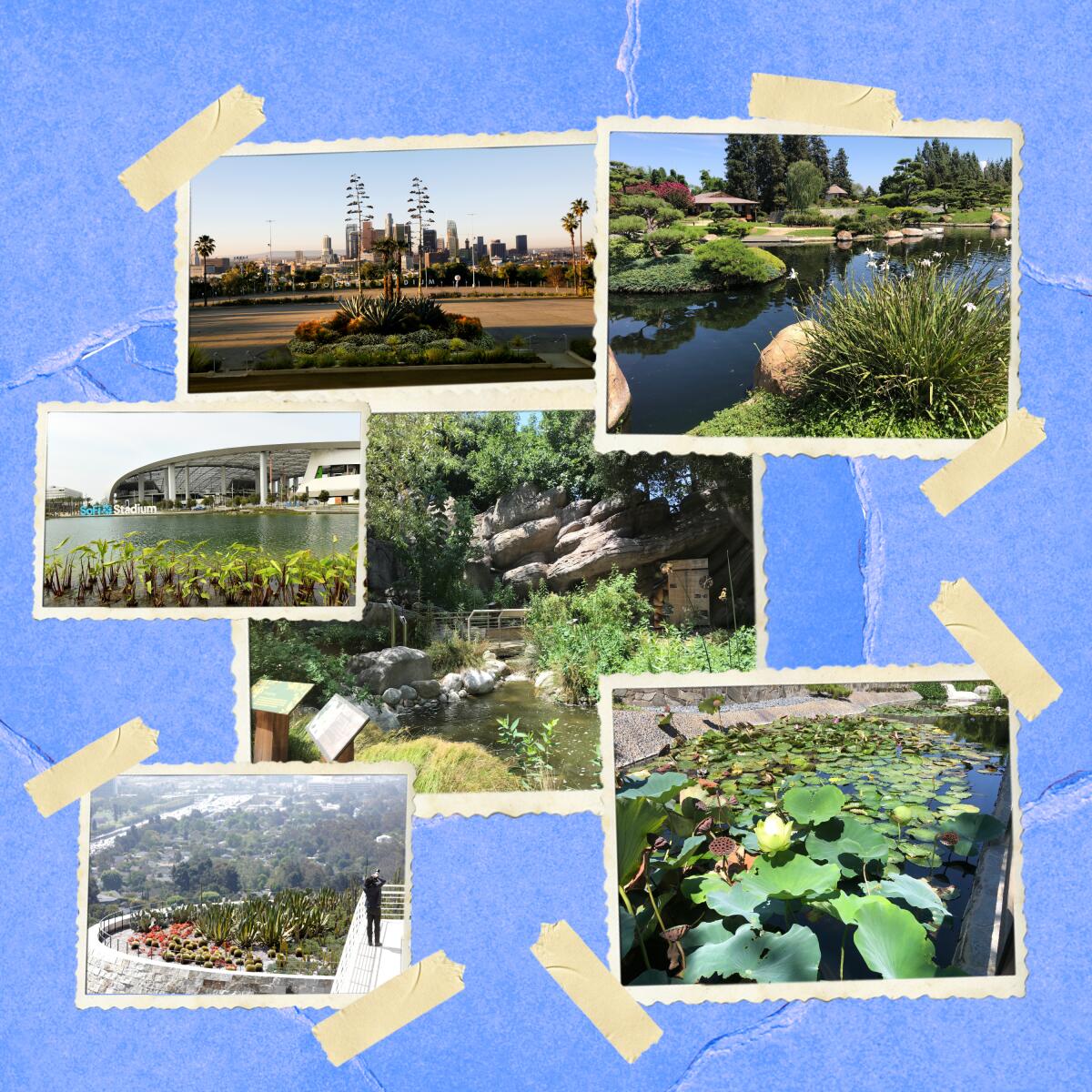
By Mary Forgione
Design and illustrations by Micah Fluellen
Did you know L.A. has landscaping rules for gas stations? Yes, gas stations (what could be more ungreen?). In 1996, city planners rolled out rules requiring at least 5% of a station’s “vehicular use area” to be landscaped “with one 24-inch size tree for each 250 square feet of interior landscaped area or fraction thereof.” (Smaller areas may be allowed if “horticulturally more appropriate.”) I have to admit I’ve seen some inspired mini-gardens and planters brimming with flowers while pumping gas. Bottom line: You can find greened-up spaces where you least expect them. Here are six places not known for their gardens that are worth rediscovering.
Dodger Stadium: Dodger fans likely don’t know the stadium at 1000 Vin Scully Ave. doubles as a botanic garden, complete with tags listing common and botanical plant names. “The slopes and giant concrete martini-shaped planters around the stadium have been transformed into beds of fragrant salvias, agaves of multiple colors and size, and boulder-sized century plants sending their towering blooms into the sky,” according to this Times story. “The boxes outside the Dodgers Team Store at the Top Deck are overflowing with succulents of every color.” It’s the work of 36-year-old landscape manager Chaz Perea, who spent five years fulfilling the requirements to turn the stadium into the country’s first sports arena with an accredited botanic garden. There may not be a baseball opening day in March this year (because of labor disputes between players and owners), but the stadium’s landscape lives on. Tours are Fridays at 10 a.m.; $25 for adults.
SoFi Stadium: Football? Yes. Sleek landscape? Yep. L.A.’s newest landmark stadium at 1001 Stadium Drive in Inglewood put its gardens and green spaces front and center. The greening includes the stadium and nearby Lake Park. It was a big job transforming “12 acres of public green space surrounding a six-acre lake, as well as myriad landscape elements around the stadium,” this Times story said. “Mini-botanical gardens — complete with didactics that explain what every plant is and where it comes from — hug the southeastern edge of the lake. Around the stadium, plazas are flecked with jagged fingers of garden lined with benches that provide game-day spectators a place to rest, as well as spots to hang out at times when the stadium is quiet.” You can see it all when you attend a game or event, or you can tour the stadium; tickets start at $30.
SuihoEn Japanese Garden: The Japanese Garden at 6100 Woodley Ave. in Van Nuys is one of the places I seek out when I crave a quiet, serene landscape. It’s also the site of a wastewater treatment plant. Really. The garden is small — just 6 ½ acres — with islands of green and a Zen meditation garden. It’s a place to stroll and savor the views and the vibe — no rushing allowed. It’s also a “chisen”-style garden, meaning water is vital to its design as “a symbol and expression of the sea,” the garden’s website says. Where does the water come from? The nearby Donald C. Tillman Water Reclamation Plant, which treats 40 million gallons of wastewater every day. The garden recently reopened with free admission, though reservations are required.
Autry Museum’s Ethnobotanical Garden: The outdoor garden at the Autry Museum of the American West at 4700 Western Heritage Way in Los Angeles serves as a microcosm of the surrounding Griffith Park (and parts of greater California). It’s also a great shady reprieve on a scorching hot day. The small space, just 7,000 square feet, is packed with 60 native plant species, as well as a little pond, waterfall and a native oak tree. The big basalt rock columns — meant as a nod to Devils Postpile National Monument in the Eastern Sierra — steal the show. You’ll be thinking about volcanic rock formations while walking past Catalina cherry, wild strawberries and elderberry. Use this little garden as a place to learn how to identify California plants and think about the geology of L.A. and the state. For starters, take a digital tour of the garden, then visit in person (museum admission is $14 for adults).
Kyoto Garden at the DoubleTree by Hilton Hotel in downtown L.A.: Kyoto Garden at 120 S. Los Angeles St. opened in 1977, long before rooftop bars were a thing in L.A. Stepping outside the third floor of the hotel to discover the secret half-acre garden takes you into a world of ferns and flowers amid dripping rock walls and a boulder-lined path to an enclave of trees (yes, full-size trees). What I love most is the complete disconnect with DTLA. By the way, the hotel was originally the New Otani Hotel & Garden, which became the Kyoto Grand Hotel and Gardens and later the DoubleTree by Hilton. Today, the Kyoto Garden is used for weddings and other events but is also open to hotel guests and maybe a discreet hotel wanderer.
Getty Center gardens: The outdoor gardens are just about as impressive as the art at the hilltop Getty Center, at 1200 Getty Center Drive. Like at the new SoFi Stadium, the gardens were not an afterthought. The Central Garden, which covers 134,000 square feet, was designed by California artist Robert Irwin. Plants change with the season, though I’ve pretty consistently seen the maze of azaleas surrounding a pool fed by a stream and stone waterfall. It opened with the center in 1997 and remains an ever-changing artwork. There’s also a cactus garden and other green spaces. Take the time for a free daily Central Garden tour (museum admission is free, though parking costs $20 and requires a reservation).
3 things to do this week
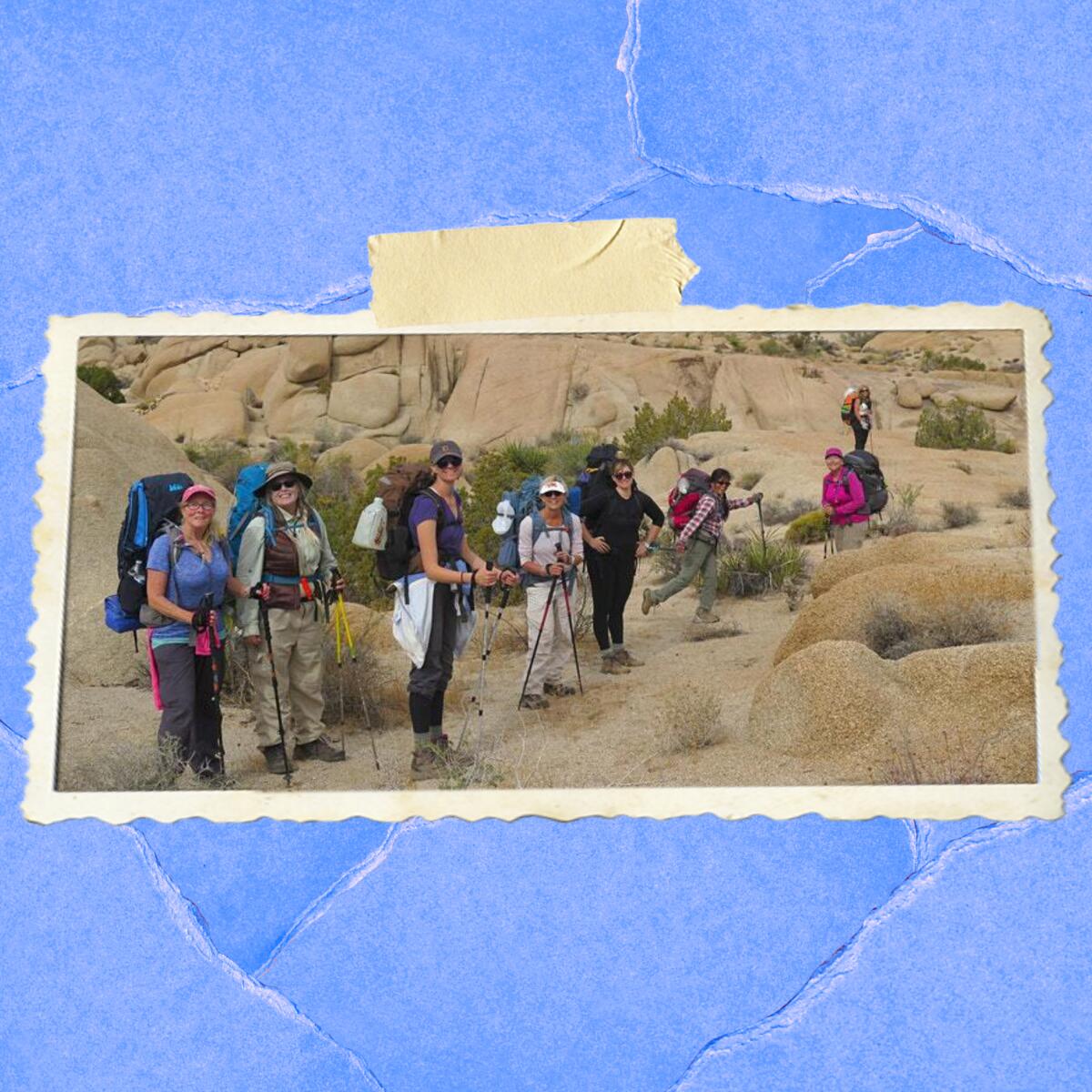
1. Never been on a backpacking trip? Here’s a chance for women to learn skills on a weekend in the desert. There’s no better way to learn how to backpack overnight than to go with knowledgeable guides. The Desert Institute at Joshua Tree National Park will host a weekend trip for women at Mission Creek Preserve, a 4,760-acre desert preserve north of Palm Springs. You’ll learn what to eat, what to bring, how to stay safe and outdoors skills. Participants should be moderately fit and able to carry a 30-pound backpack. The trip is planned for March 18-20 and costs $135 to $145 per person. Details here.

2. Take a full-moon hike on St. Patrick’s Day in Ojai. Native plant guide Lanny Kaufer likes to take hikers out foraging. For St. Patrick’s Day, Kaufer will lead a hike in Ojai, about 80 miles northwest of downtown L.A., to see the sunset and moonrise along with views of the Ojai Valley. He will be sharing his knowledge of the local flora, such as elderberry, prickly pear cactus, chia sage and other species. Kaufer also will be signing copies of his new book, “Medicinal Herbs of California.” The hike starts at 5:30 p.m. March 17 and covers 1.5 miles each way, returning by moonlight and flashlight. Cost is $35 per person. Participants are invited to an after-party at Ojai Valley Brewery, which serves brews made with local plant flavors. Register here.
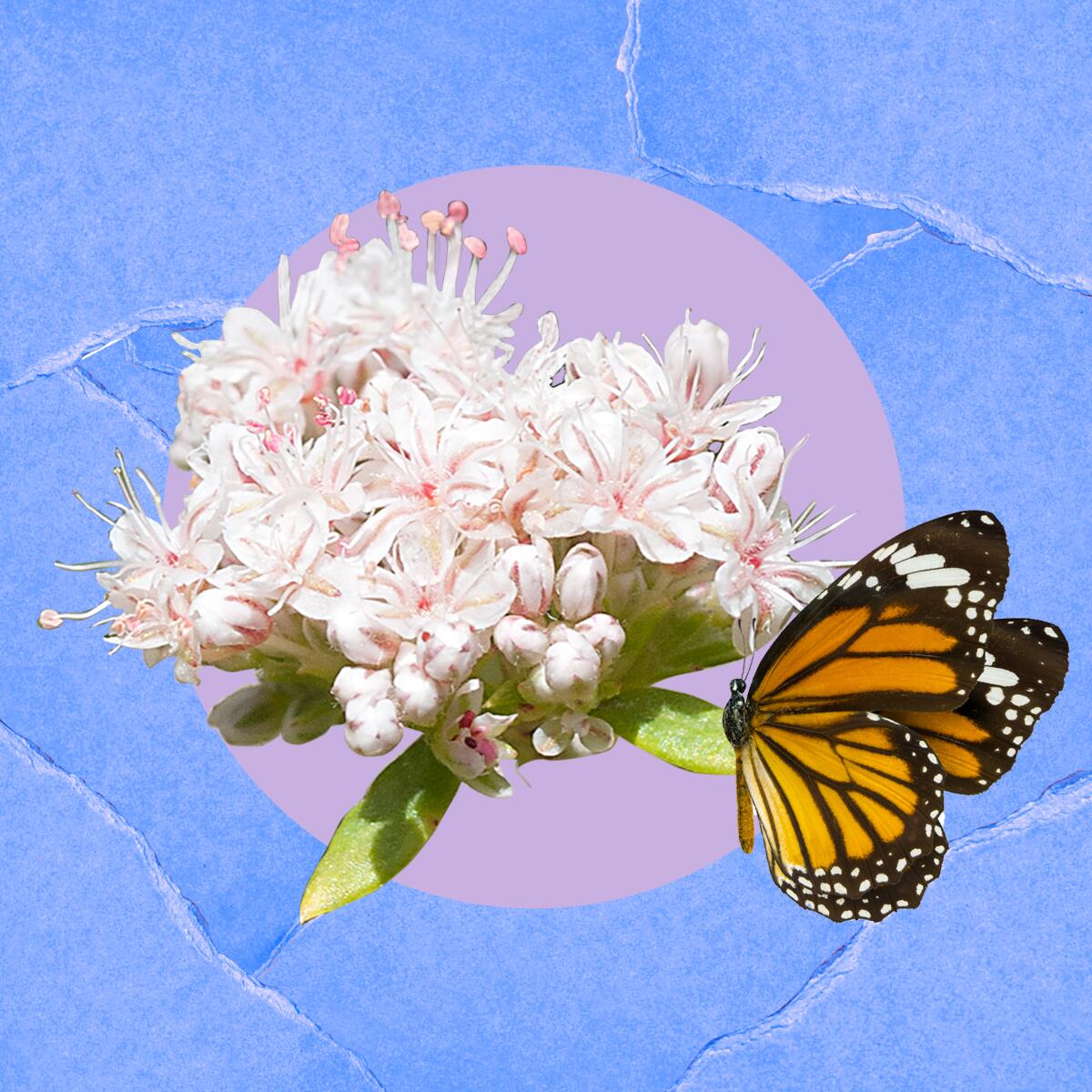
3. Monarch butterflies and native milkweeds need each other to thrive. Learn more at this online conference. We’ve done a lot of reporting on the Western monarch butterfly rebound this season and how you can help by planting natives in your garden. Now a conference, from 9 a.m. to 3 p.m. March 12 — free to all on Zoom — will discuss what local monarch activists, scientists and horticulturists are doing in California to keep plants and butterflies thriving. The event is sponsored by the Mountains Recreation and Conservation Authority, with the Santa Monica Mountains Fund and Artemisia Nursery. Register here.
Wild things
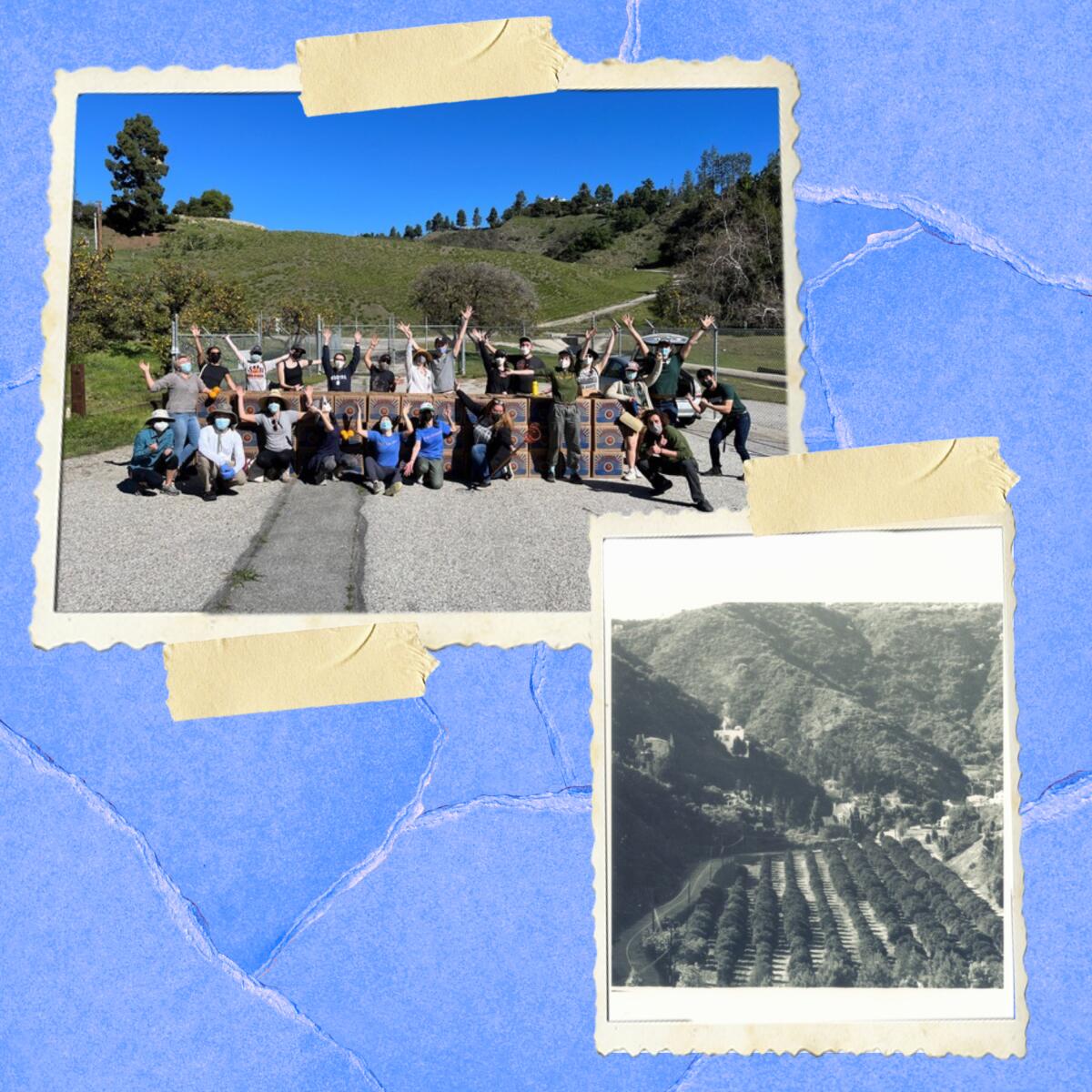
Oranges may not seem so wild, but orange groves once dominated Southern California’s landscape. Homes long ago edged out the 52,000 acres of trees that once thrived in L.A. County in 1924 — except for a small patch in Franklin Canyon in Los Angeles. The trees owned by the city of L.A. have been around since the 1950s and continue to bear fruit. Now the L.A. Parks Foundation oversees the grove at 1300 N. Beverly Drive and partners with Food Forward, a nonprofit organization that picks the fruit, to harvest the oranges and distribute them to food banks in the area. How many oranges are distributed? Last year, the grove, which is not open to the public, produced 70,000 servings of oranges, mostly navels and some Valencias, according to a Parks Foundation news release. The harvest is on now and continues through mid-April.
Bragging rights
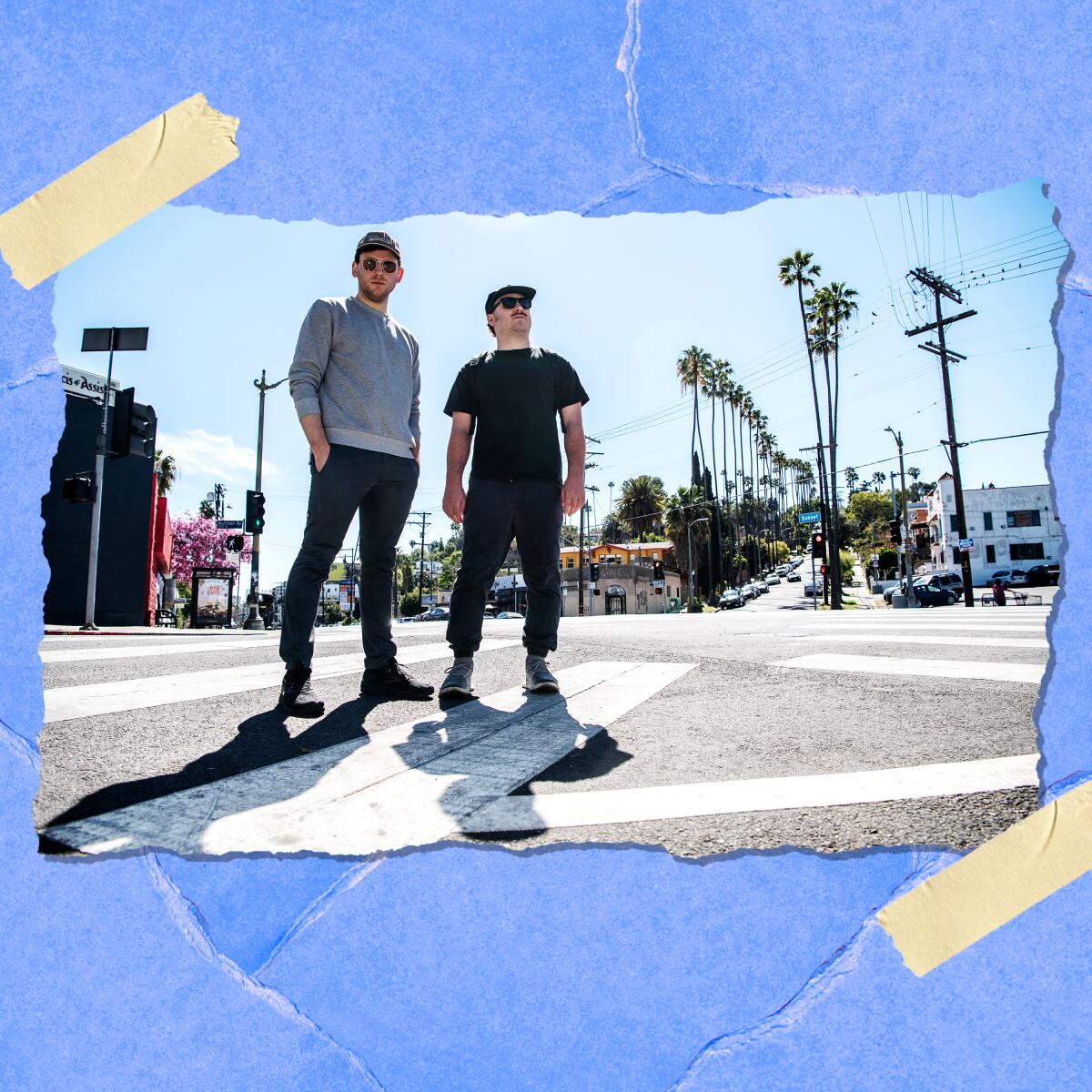
Two buddies took a 50-mile walk across Los Angeles — for absolutely no reason. What did they learn? Hey, L.A. is a pretty walkable place, despite the city’s car-obsessed rep. The route took Zachary Weathers and Brooke Palmieri, both 30, about 18 hours to complete. The pair started at Pasadena City College and ended south of the Redondo Beach Pier. The walk over Presidents Day weekend in February began at 12:30 p.m., which means much of the trek was done in the dark. They documented their feat on Instagram with videos and a map. “We’re gonna tell our grandchildren about this,” Weathers said afterward in this Times story. “You don’t remember going out to a random house party with your friends. We’re gonna remember this forever.”
By the numbers
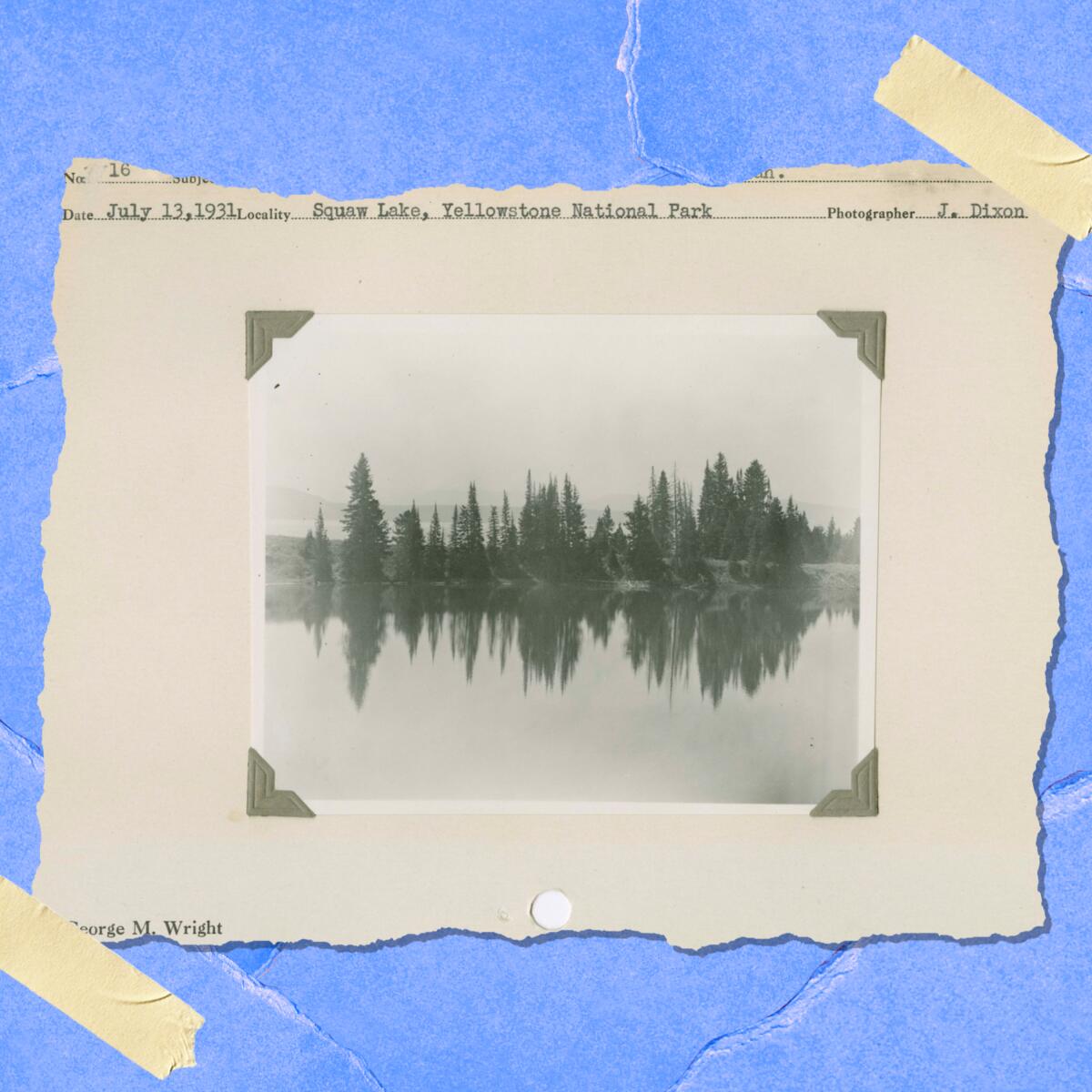
So many inappropriate location names, so little time? The Department of the Interior in late February made the decision to banish the derogatory word “squaw” (which the agency now refers to only as “sq—”) on any federal geographic features. It could take awhile. Meanwhile, there’s a state bill that would ban the racist term from locations in California.
660: Number of U.S. geographic features in the U.S. to be renamed.
13: Number of members on the Derogatory Geographic Names Task Force.
5: Number of possible alternative names to be reviewed for each feature.
Information comes from a Department of the Interior news release. If you want to weigh in, here’s how to comment on name changes.
The red flag
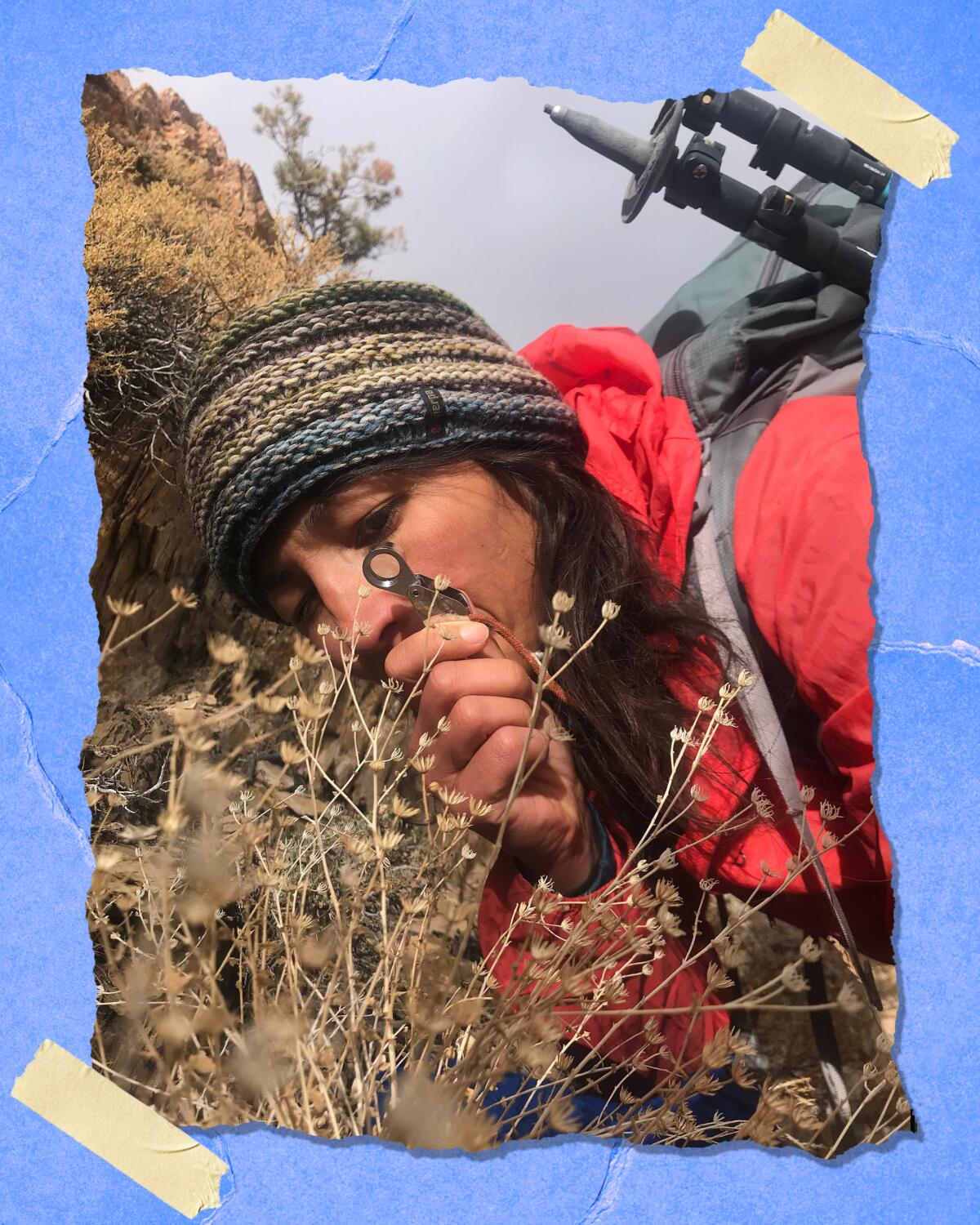
Would you fight for a plant that takes up very little space on the earth’s surface? Botanist Maria Jesus would, and has, ever since she set eyes on the obscure Inyo rock daisy, found only along cliffs in two roadless areas near Death Valley National Park. The threat: pit mine drilling and the potential development of a ghost town nearby. Now she and some powerful wildlife organizations — the California Native Plant Society and the Center for Biological Diversity — are working to protect the rock daisy by pushing to list it as a threatened or endangered species. In the meantime, Jesus remains the keeper of all knowledge about the rock daisy. Click here to see what the daisy looks like and learn more about Jesus’ research.
P.S.
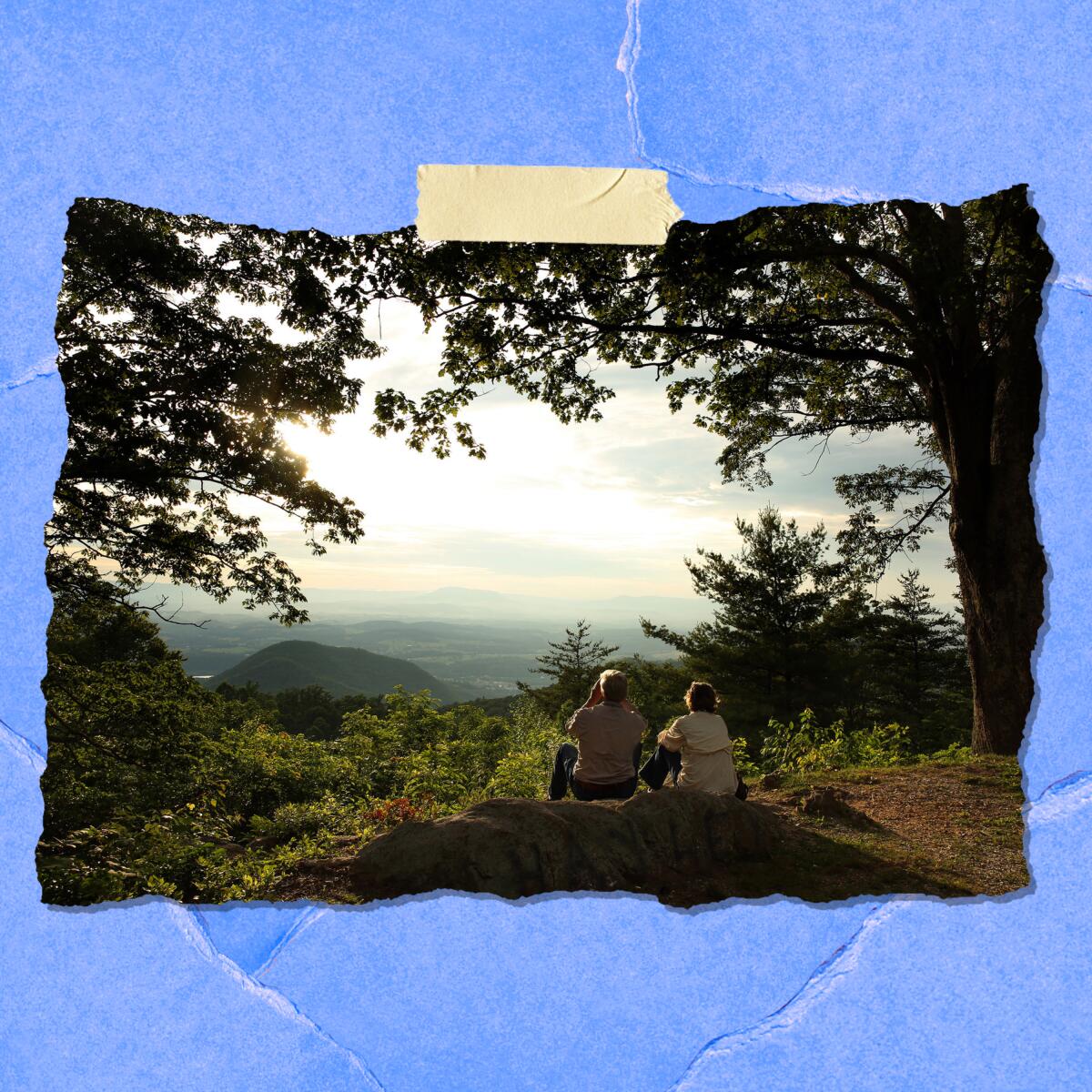
U.S. national park visitation numbers for 2021 released in February reflect a mixed picture. Some parks set new visitor records (like Joshua Tree National Park, which hit more than 3 million for the first time), while others lagged behind their pre-pandemic totals. Yosemite National Park, which implemented a reservation system in parts of 2021, had 3.3 million visitors, down from a high of 5.2 million in 2016. The 469-mile Blue Ridge Parkway through Virginia and North Carolina took the top spot with 15.9 million visitors, with Great Smoky Mountains National Park on the North Carolina-Tennessee border coming in second with 14.1 million and Golden Gate National Recreation Area in Northern California coming in third with 13.7 million.
Enjoying this newsletter? Consider subscribing to the Los Angeles Times
Your support helps us deliver the news that matters most. Become a subscriber.
Send us your thoughts
Share anything that’s on your mind. The Wild is written for you and delivered to your inbox for free. Drop us a line at [email protected].
Click to view the web version of this newsletter and share it with others, and sign up to have it sent weekly to your inbox. I’m Mary Forgione, and I write The Wild. I’ve been exploring trails and open spaces in Southern California for four decades.

Get ready for the Festival of Books
Sign up for the Book Club newsletter for a guide to the events, authors and other highlights of The Times’ annual book festival, returning in-person April 23-24 to the USC campus.
Sign up for The Wild
We’ll help you find the best places to hike, bike and run, as well as the perfect silent spots for meditation and yoga.
You may occasionally receive promotional content from the Los Angeles Times.




